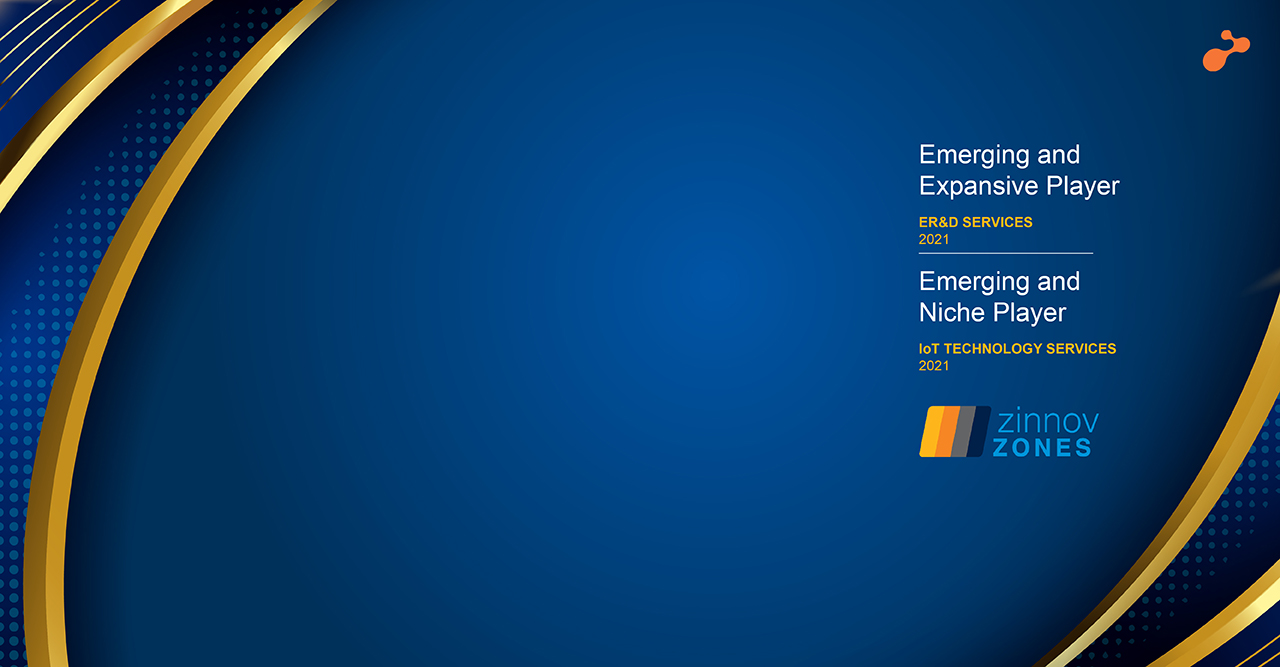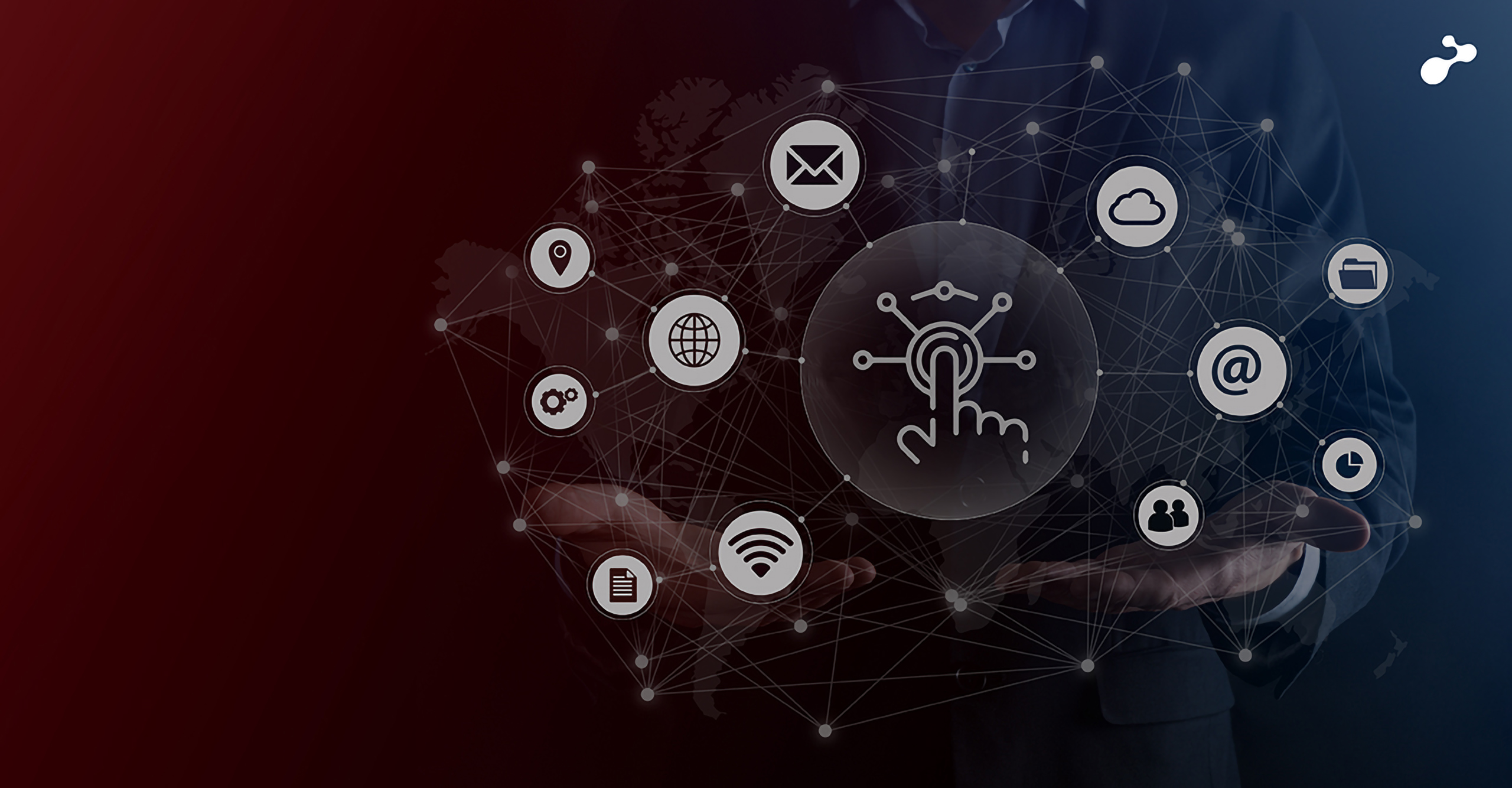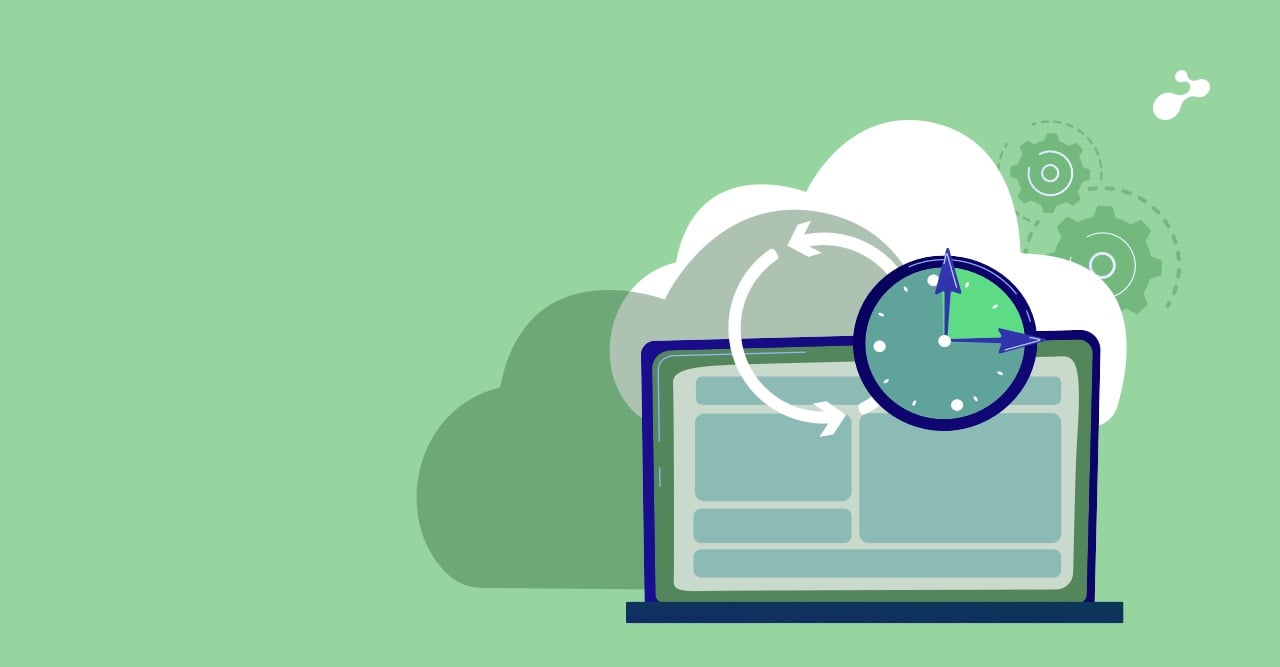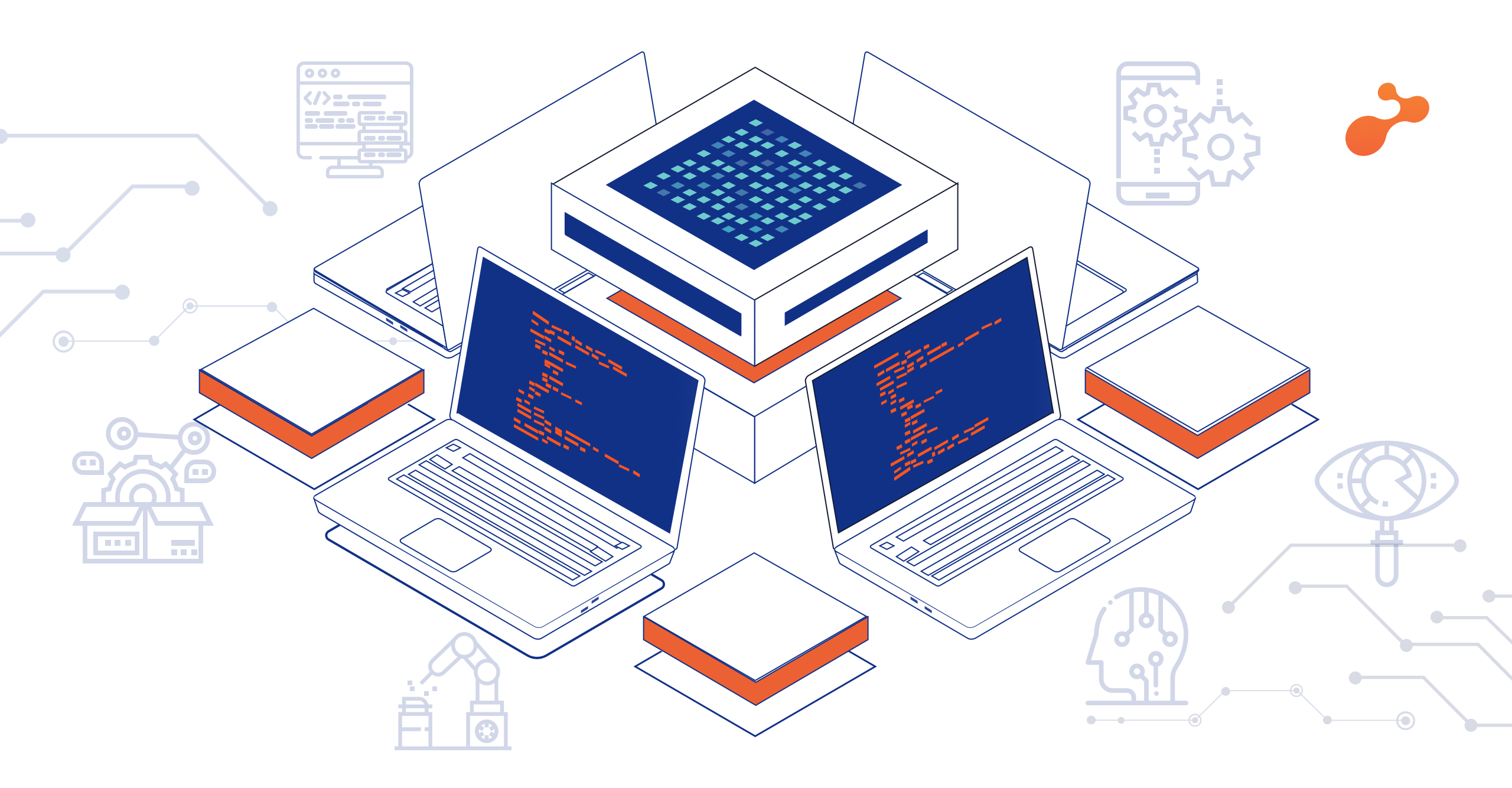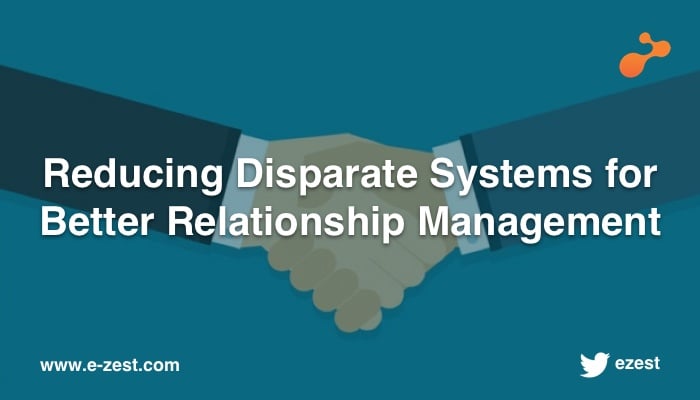Classrooms were one of the places that stayed relatively untouched by technological revolution. Sure, there were computers and projectors that came along. Teachers aided their teaching regimen with presentations. Universities saw digitized examinations, online submission of assignments, library management systems and sometimes, the implementation of ERPs. But majority of the actual teaching still happened and happens with the help of physical aides. The teacher always needs to go to the board and engage his or her chalking skills to elaborate upon a point. While that is handy and gets the job done even in large corporate auditoriums, it is not the best thing for classrooms.
For one, young minds tend to receive a greater degree of information and understanding from more visual mediums. We all know the studies about 70% enhanced retention for visual information which even increases for audio-visual mediums. Students can be enabled to process more information and gain a deeper understanding of their subjects by leveraging these mediums. IoT offers classrooms a chance to ‘connect’ the entire class with the subject matter, better. The teacher fires up the projector to explain, say volcanoes. The students can see the same diagram on the classroom tablets. They can zoom in on different parts of the diagram and can ask questions. For students with speaking disabilities, the provision of typing in their questions can also be there. These connected devices can also capture their responses to quizzes, their attendance, and grievances if any.
This was one example of how a smart classroom may function. The advances in IoT is helping modern schools implement these features into their classrooms. Teachers are freed up to teach with the help of more powerful mediums and students find it easier to interact with the course material and ask questions. There are concerns about cost and the feasibility of this technology in less urbane areas. But as the revolution in computing led to the household proliferation of the familiar and on-its-way-to-get-obsolete personal computer, hopefully we will see a technology upheaval as well that will raze said costs to the ground.
There are other benefits of using the IoT approach as well. The ‘connectedness’ of the classroom with the central school server can also help in getting some analytics in place. Relying on exam scores alone to track a student’s performance has been proven to be inadequate. With data coming in from the students’ interaction with the course material (captured via tablets at each desk) and their responses to quizzes, the utilization of their leisure time etc. a better assessment can be done of their performance. The teachers can also be tracked more effectively in terms of student understanding, time spent in navigating through the course material and examples shared. Live recordings of classrooms can also be automatically captured and uploaded to the central server. The tablets then show those captured videos as being available for viewing.
Smart classrooms are becoming a reality with each new achievement in the field of IoT. In the days to come, we could also see gesture support and augmented reality making interesting inroads into the classroom. This will enhance learning like never before and could truly herald a revolution in classroom education.

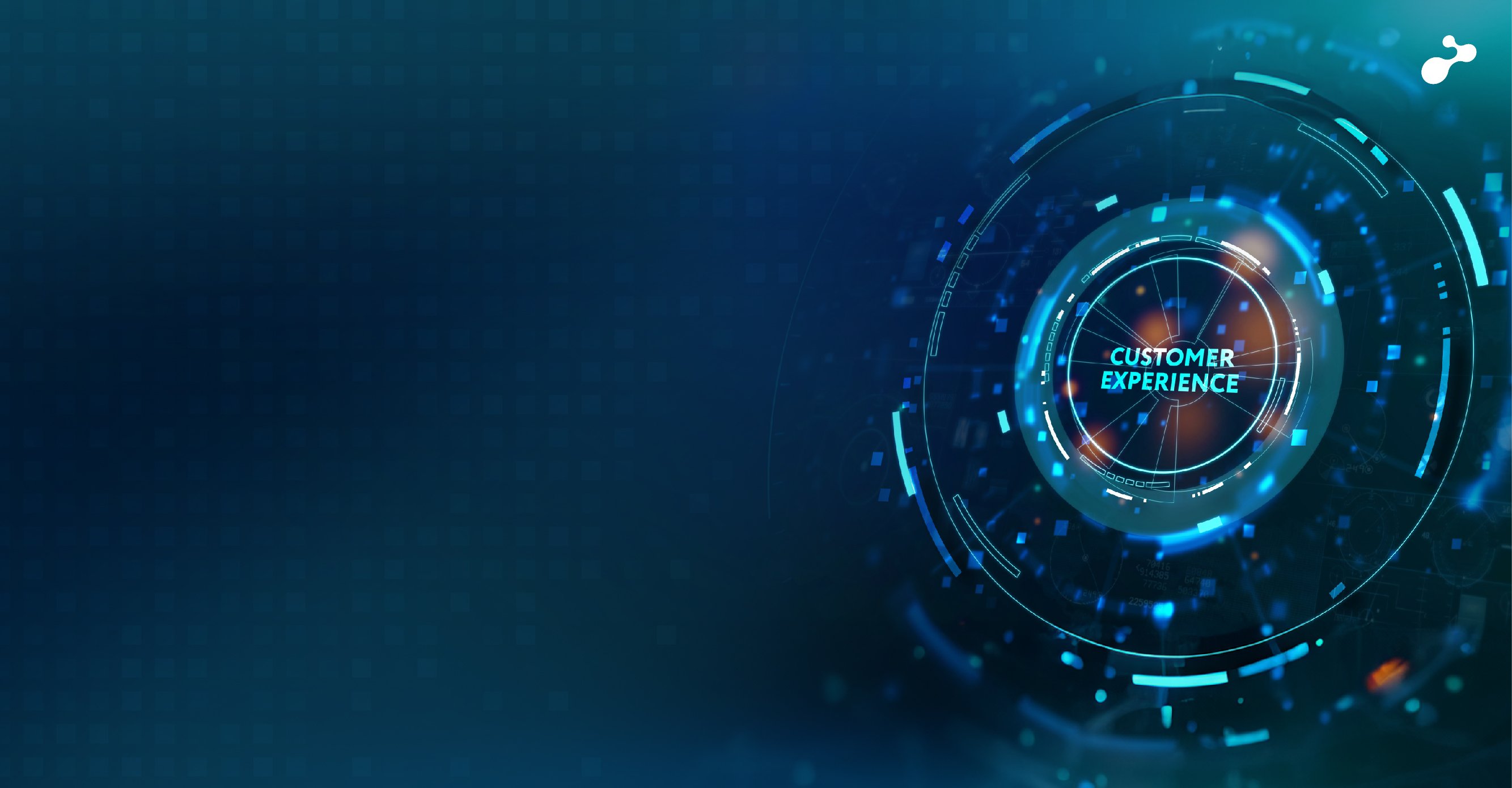
%20V5-05.jpg)

